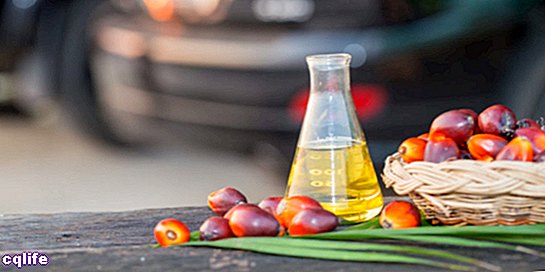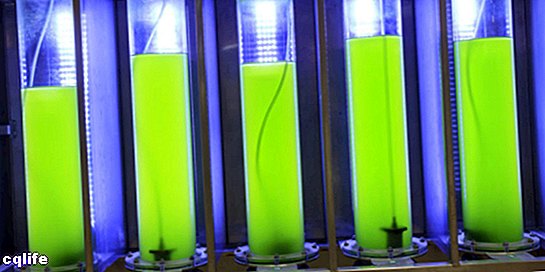We explain what biofuels are and how each one is obtained. In addition, the advantages they present and types of biofuels.
Biomass is part of the renewable energy set.What are biofuels?
Biofuels are those fuels that are obtained from biomass or organic waste (hence its name). The biomass is organic material from a vegetable or animal.
Biomass is part of the set of renewable energy, which are found in limited quantities in the nature and they are produced in slower periods and longer than what it takes to consume them. Diesel and gasoline, for example, are made from plant or animal fossils that take millions of years to form while their consumption it is immediate.
Biomass is a source of Energy that, since the invention of automobiles (at the beginning of the 20th century) has become indispensable. It is used, in the industrial field, for the generation of electricity and of heat. It is very common that it is used, then, for heating homes.
Over the years, the price of biomass has risen considerably, mainly due to concerns that have arisen globally as a result of the emission of CO2 (Carbon Dioxide) and its impacts on the environment. Despite this, health care advocates environment They also question the use of biomass since its production results in the deforestation.
Within the biofuels from the plant world (which are the most used especially for the operation of cars), they can be differentiated into two large groups:
- Bioethanol. This energy source is produced from oats, corn, wheat, beets, or sugar cane and is used in place of gasoline.
- Biodiesel. This biofuel, on the other hand, is used instead of diesel and is made from soybeans, palm, rapeseed or sunflower.
How are biofuels obtained?

Biofuels are obtained from organic waste or biomass. They are the result of different chemical or physical processes that transform this waste or matter. Here are some examples of how they are obtained:
- Biogas. It is the result of a mixture from gases that decompose organic matter through bacterial actions.
- Biodiesel. In this case, different processes chemicals, such as transesterification from methanol or ethanol (the most used). In this process the molecules fat into esters.
- Bioethanol. This biofuel, on the other hand, is obtained from fermentation of non-crystallizable monosaccharides in the manufacture of both beets and sugar cane. It can also be obtained from the hydrolysis or the fermentation of the starches of certain cereal grains. To carry out this fermentation, it is used yeast. The process for obtaining this biofuel has three key stages: fermentation, distillation and dehydration.
Advantages of biofuels
Although it is true that environmental specialists warn about the consequences of the use of biofuels, such as deforestation (among them, Greenpeace), one of the main advantages of biofuels is the reduction of carbon dioxide emissions, in relation to fossil fuels. According to different studies, 80% of biofuels reduce carbon dioxide emissions by 30%.
In addition, another benefit of biofuels is the production of soot and particles suspended, which are much lower than those of other energy sources and which affect the respiratory system from persons Y animals.
Finally, there are those who, when comparing the relationship between the energy invested and that obtained, assure that the results are much more auspicious in the case of biofuels than fossil fuels.
Types of biofuels

There are different classes of biofuels, if one takes into account their source. In this sense we can find the following types:
- Primary. They are those biofuels that come from firewood, landfill gases, crop or animal residues. The impact (positive or negative) on the environment will depend on the procedures used to obtain energy from these materials.
- Seconds. These are those energy sources that are classified according to their generation. In this sense, the following classes are found:
- First generation. Are those biofuels whose process obtaining does not need the hydrolysis from the carbon source (for example, bioethanol and biodiesel). The raw materials used are all sources of food.
- Second generation. All sources other than food, so as not to put food safety at risk.
- Third generation. Those raw Materials which are vegetables, but are not used as food.
- Fourth generation. Although this category is in full development, this is where biofuels produced from bacteria that have been genetically modified, for which carbon dioxide is used.
